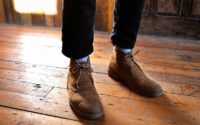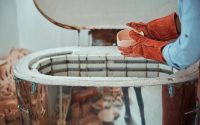The Ideal Way to Start Potty Training
The thought that any time you change a diaper might as well be the last time is a thrilling thought, isn’t it? Your little angel is finally growing up and the need for diapers and changing tables is no more. And this is fine by you because you’ve been doing that for months on end and it’s getting pretty tiring at this point. You’re ready to make a change. And so is your toddler apparently since the sight of diapers doesn’t seem like a pleasant one to anyone out there.
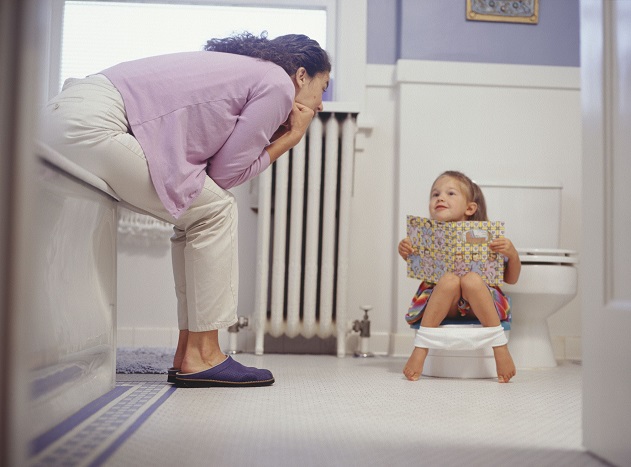
Source: verywellfamily.com
Since everyone is ready for the next big step, it’s time to look into the marvellous world of potty training. While it might pose a challenge for both parents and children, it’s a huge milestone nonetheless. If you’re new to the world of potty training then congratulations, you’ve stumbled across the right place. Fortunately for you, we’ve assembled all the tips and tricks you should know to undergo successful training with your toddler.
What Age Should a Toddler Be Potty Trained By?
Ah yes, the question that most parents would like to know the answer to. You might be somewhat disappointed to learn that there’s no straightforward answer here. In terms of age, it varies anywhere from 18 to 36 months, depending on a variety of behavioural and developmental factors. In some cases, toddlers start potty training at the ripe age of 3 years old. Really, there’s no general rule that you’re expected to follow so don’t feel pressured to rush into it.
But how do you determine that your toddler is ready to be potty trained? Well first thing’s first, pay attention to how often you do a diaper change. A useful question to ask yourself is can your child keep a diaper dry during naps? If the answer is yes, this may be an indication that the digestive system has developed to a level at which it can be controlled and your toddler is able to hold it long enough to be potty trained.
Another factor you should consider is whether or not your toddler feels comfortable wearing dirty diapers. Ask yourself, does your child come to you asking for a diaper change? If that’s the case, then your child is definitely old enough to recognise that dirty or wet diapers need to be changed and as such, could be up for the potty training task. All in all, once you start to notice a regular pattern in your child’s bowel movements, it’s a clear sign that you can upgrade to the next level.
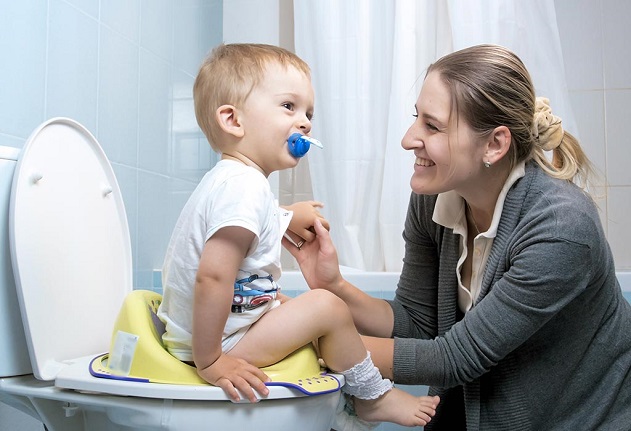
Source: parenting.firstcry.com
How Do You Potty Train a Toddler?
Once again, this may vary greatly based on individual preferences. In any case though, there are a few things that can help you out along the potty training journey.
Prepare the Equipment
You just can’t start potty training if you don’t have the right tools to do so. Starting off with the most important item – a convenient portable baby potty. This type of potty is practical because you put it wherever you want.
Initially, you can place it wherever your child spends the most time. This is because kids feel more comfortable and free in an environment they’re most familiar with. So by placing the baby potty in the bedroom, for example, your little one will feel more at ease which can have a positive impact on the baby potty training process as a whole.
Don’t be afraid to surround the portable potty with toys for toddlers since this can also contribute to a more relaxed environment. Once your baby gets the hang of things, you can move the potty to the bathroom to finalise training and let your child know that the bathroom is where we go to pee and poop.
Baby potties have a handful of benefits because they’re smaller than a toilet and can provide the necessary support for your toddler’s bottom. Plus, they’re easy to use and manage since toddlers can get on or off the potty by themselves without struggling too much. What is more, their playful and colourful design is quite eye-catching and interesting for infants. This means that your child will most likely enjoy choosing their own potty and personalising it with stickers if they want to. And lastly, because they’re portable, you can take them with you for future trips and vacations.
Give Simple Instructions
You need to make the connection between needing to pee or poop and using the potty in simple terms. Explain it in a way that’s not too difficult for your child to understand. Word of advice – try to avoid negative words such as smelly, dirty or disgusting. Keep it positive, happy and lively because that’s how you’ll facilitate learning.
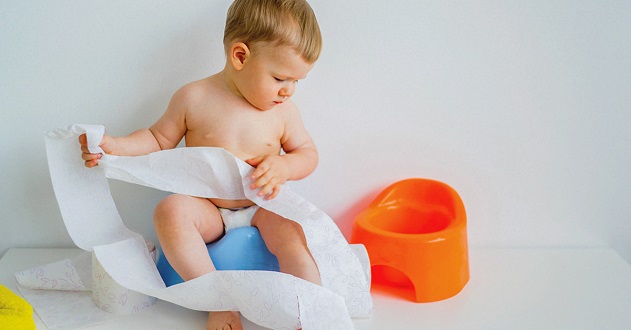
Source: healthline.com
Be Patient And Understanding
One common mistake that parents sometimes make is the fact that they expect results too early during training. You need to remember that changes don’t happen overnight, so you need to be patient and understanding. Don’t set any deadlines or force toddlers to meet your expectations because that way you’re digging your own hole. Your child isn’t slacking in any way if training doesn’t go as you thought it would. Some things just take time and it’s important that you let them happen naturally – don’t force the training and don’t be overly critical if things don’t go your way.


